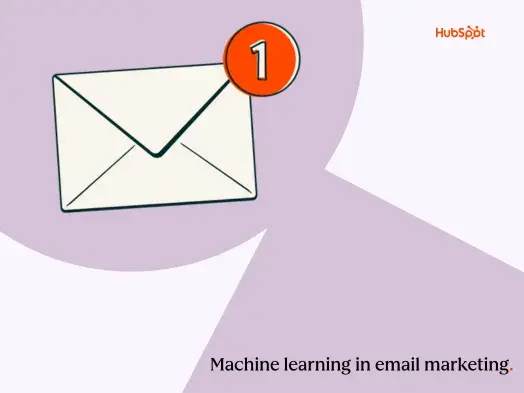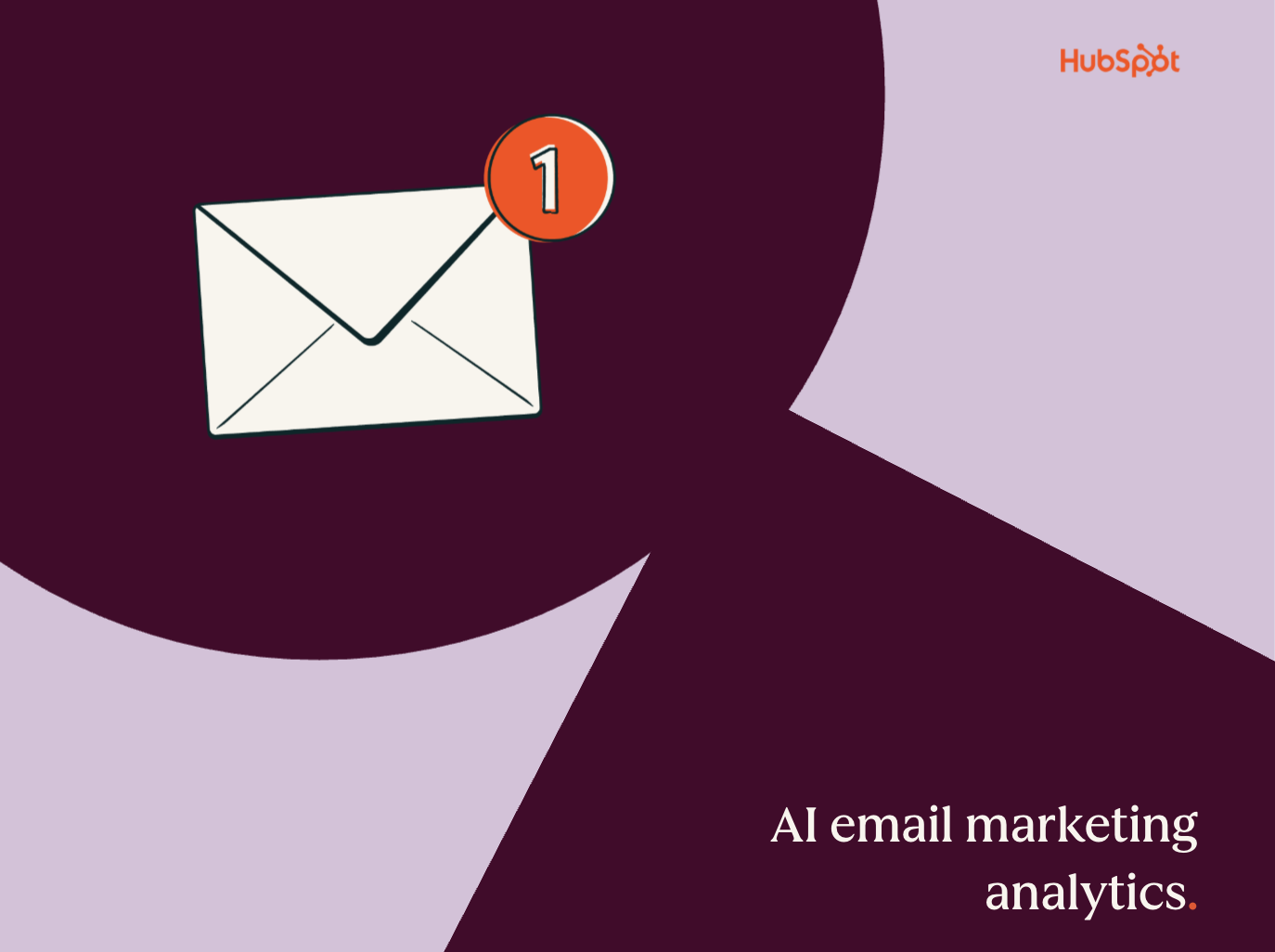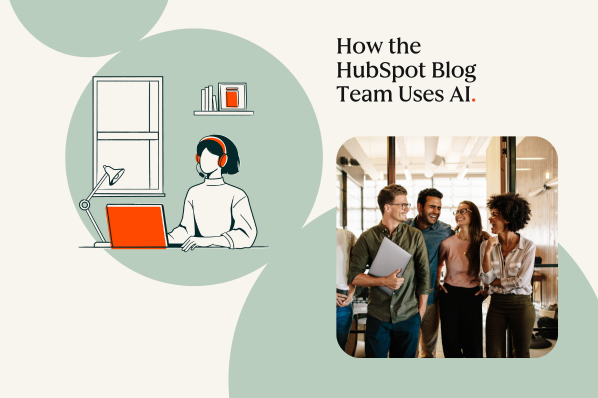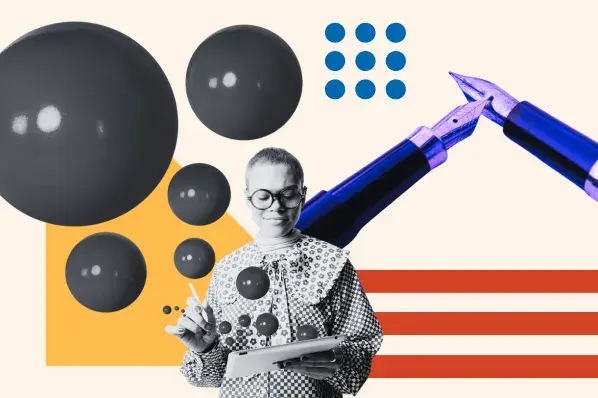Pick up a screwdriver, and you know exactly what to do with it. There’s only one use. (Plus, it’s right there in the name.)
But pick up a paintbrush, and the endless possibilities can have you staring at a blank canvas, unsure of what to do next.
For many business leaders, that’s where they find themselves amidst the wave of new AI tools.
To help, I spoke with Stefan Wendt, founder and Managing Director of CIXON GmbH – a Germany-based business solutions provider– about ways they’re incorporating AI into their own processes.
And where they’re intentionally choosing not to.
3 Ways Businesses are Using AI
The first step is to consider where AI can augment tasks that you or your employees do.
One good place to start is by thinking about the bottlenecks or pain points that keep you from doing more important (and more human) things.
Here are a few ways businesses make that happen:
1. Providing Frontline Answers
If you’ve been on a website in the past few years, then you’re already accustomed to being greeted by a chatbot.
But advanced LLMs have turned them from being merely the gatekeepers to a human service agent into something that actually provides, y’know, service.
Klarna recently shared incredible success from its customer service AI assistant, reporting a drop in repeat inquiries and in resolution time.
And they’re not just for websites anymore.
“Our customer service response time has accelerated by over 30% after integrating ChatGPT 4 into our communication channels via Slack and direct email,” says Wendt.
This is a good strategy for helping your customers to self-serve on common, repetitive inquiries — freeing up your human reps to handle more human issues.
2. Providing Language Accessibility
One surprisingly human application of generative AI is connecting people who speak different languages.
That’s a big win for customers of companies who otherwise wouldn’t have the bandwidth or budget to provide translated versions of their content.
“By using DeepL’s translation tools, our website team can create multilingual pages in minutes that would have taken hours, if not days, with previous translation capabilities,” Wendt explains.
That said, LLMs can occasionally have difficulty with languages they’re not originally designed in. For example, some of HubSpot’s internal tests with ChatGPT resulted in answers with blended languages.
Therefore, it’s still a good idea to have someone who speaks that language take a last editorial pass.
3. Editing and Refining Content
Throughout most of my career as a writer and a content marketer, tools like Grammarly have served as a second set of eyes on grammar and punctuation.
Now, they can also help flag difficult sentences or superfluously discombobulating verbiage. (Help!)
But while these tools can speed up the writing process, be sure you’re the one supplying the opinions and original thinking that set your brand apart. While LLMs can write content for you, it won’t stand out from competitors who are doing the same thing.
The Cost of Moving Too Fast
With every software company racing to incorporate AI into their products, it’s easy to get swept up in the hype and excitement.
But it’s important to vet both your AI tools and your use cases just like you would with any other product or service.
“That’s why we currently don’t use AI tools within the sales team for 1-to-1 mailings,” says CIXON’s Wendt. “But [instead use it for] prospecting and getting helpful information about target accounts within ChatSpot.”
You don’t want to find yourself, for example, where the city of New York is after their chatbot started offering up illegal advice.
Though the city’s website advertises that the bot “uses information published by the NYC Department of Small Business Services,” it was found to give answers that one expert called “dangerously inaccurate.”
A similar situation landed an Illinois-based property management company in court after their chatbot allegedly gave out discriminatory information.
And the risks aren’t just in the output of AI but also in how it’s used.
Consider the backlash Levi’s recently got when they announced they would be using genAI to “increase model diversity” instead of just increasing model diversity.
For his part, Wendt recommends always keeping human oversight. He encourages employees to use AI where they can as an “accelerator for initial ideas” but balances it with a signed agreement that a human employee should always review the results.
Getting Started
You can avoid those missteps by considering where these tools can augment and where they can improve. Like any other software, don’t just jump on board because of the excitement.
In the right place, and with a human at the helm, you can give your business something to be excited about.
Artificial Intelligence






-1-20250905-2237709%202.webp)

![I tested the top 14 AI chatbots for marketers [data, prompts, use cases]](https://53.fs1.hubspotusercontent-na1.net/hubfs/53/best-ai-chatbot_1.webp)
%20NEW%202025.webp)
